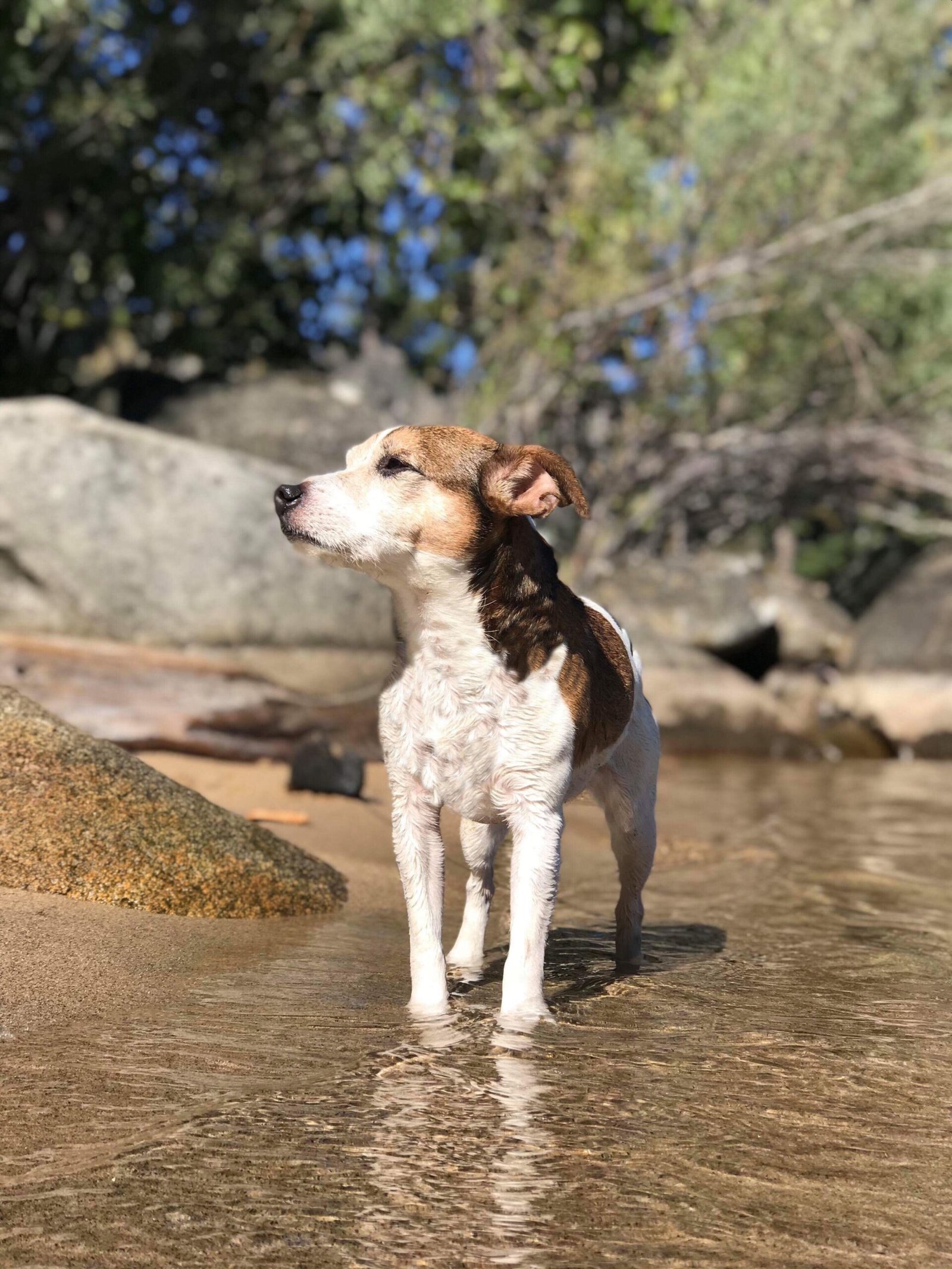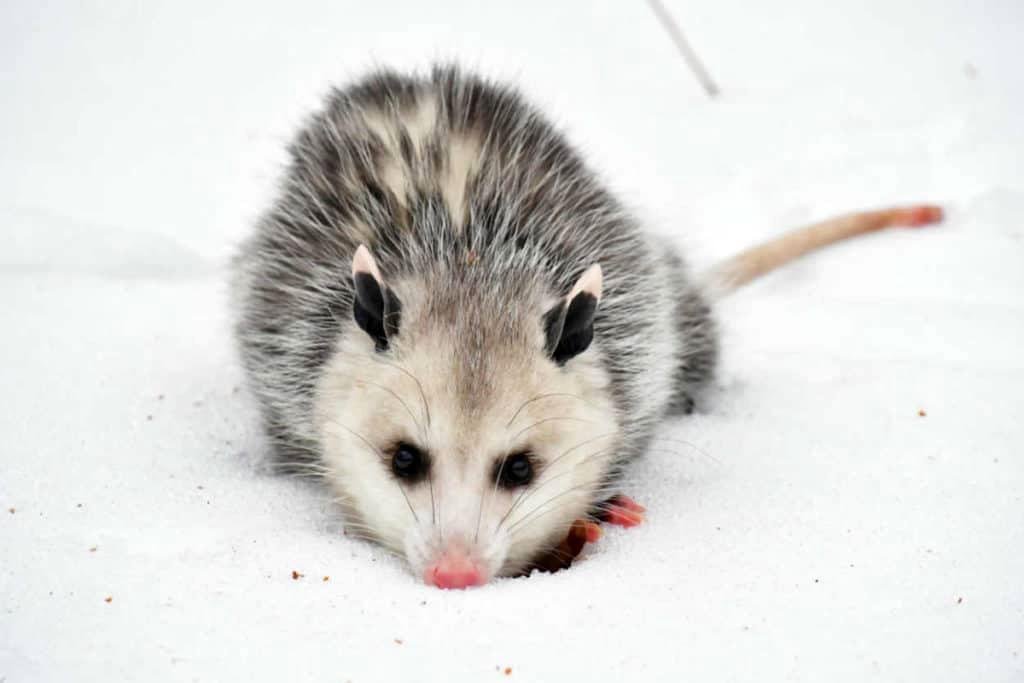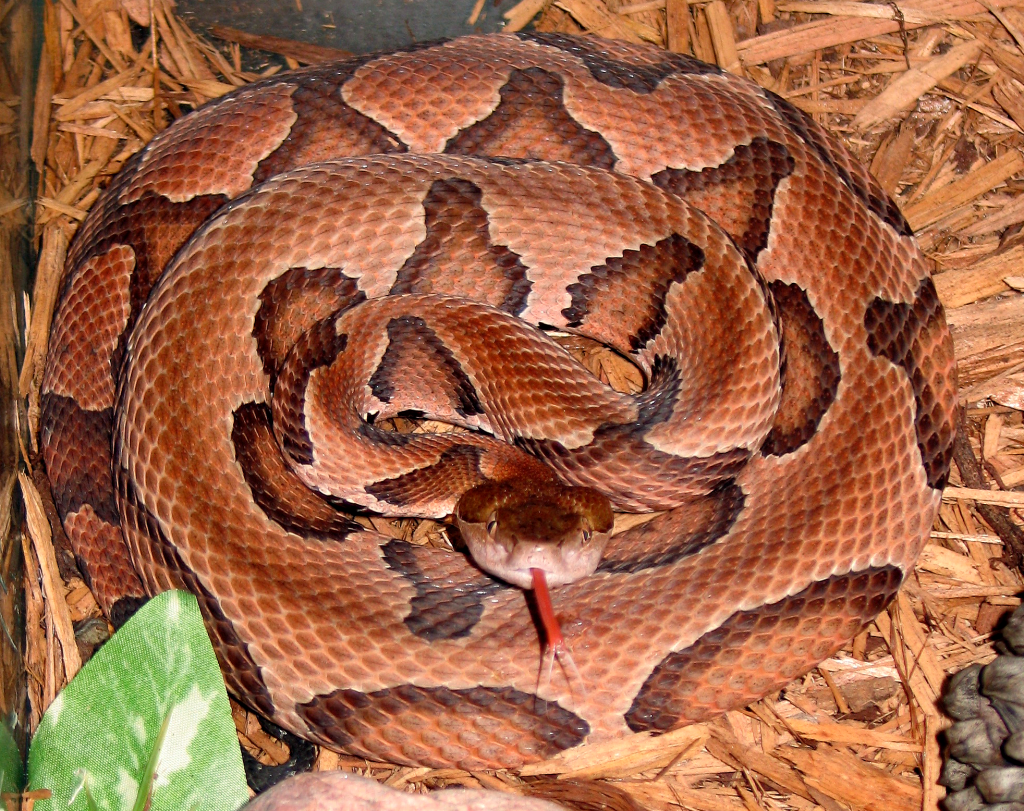Living in close proximity to nature can be a wonderful experience for both humans and their furry companions. However, it’s important to be aware of the potential dangers that nuisance wildlife can pose to our beloved pets. From encounters with aggressive animals to the transmission of diseases, there are several risks that pet owners should be mindful of.
1. Aggressive Encounters
One of the most immediate dangers that nuisance wildlife presents to pets is the risk of aggressive encounters. Animals such as raccoons, skunks, and even coyotes can become territorial and attack if they feel threatened. This can be particularly dangerous for smaller pets who may not be able to defend themselves against larger or more aggressive animals.
2. Physical Injuries
In addition to aggressive encounters, pets can also sustain physical injuries when coming into contact with nuisance wildlife. For example, a curious dog may get too close to a porcupine and end up with a face full of quills. Similarly, encounters with animals like snakes or rodents can result in bites or scratches that may require veterinary attention.
3. Transmission of Diseases
Nuisance wildlife can also be carriers of various diseases that can be transmitted to our pets. For instance, raccoons can carry the rabies virus, which is not only dangerous for them but also poses a significant risk to other animals and humans. Additionally, animals such as squirrels and rats can transmit diseases like leptospirosis or hantavirus.
4. Parasites and Fleas
Another concern when it comes to nuisance wildlife is the potential for pets to pick up parasites or fleas. Animals like raccoons and opossums can carry ticks, fleas, and mites that can easily transfer to our pets. These parasites can cause discomfort, skin irritations, and even transmit diseases such as Lyme disease.
5. Competition for Food and Resources
Nuisance wildlife can also create competition for food and resources, which can lead to conflicts between pets and wild animals. This can result in territorial disputes, fights, or even theft of pet food. It’s important for pet owners to secure their pet’s food and garbage bins to minimize the attraction of wildlife to their property.
6. Psychological Impact
Lastly, the presence of nuisance wildlife can have a psychological impact on our pets. Frequent encounters with aggressive animals or constant territorial disputes can cause stress and anxiety in our furry companions. This can manifest in behavioral changes, such as increased aggression or fearfulness.
As pet owners, it is our responsibility to ensure the safety and well-being of our beloved animals. To mitigate the dangers that nuisance wildlife presents to our pets, it’s crucial to take certain precautions. This includes keeping pets on a leash or within a secure enclosure, avoiding areas known to have high wildlife activity, and promptly seeking veterinary care if an encounter with wildlife occurs.
By being vigilant and proactive, we can minimize the risks and create a safe environment for our pets to enjoy the wonders of nature without putting their health and safety at risk.



